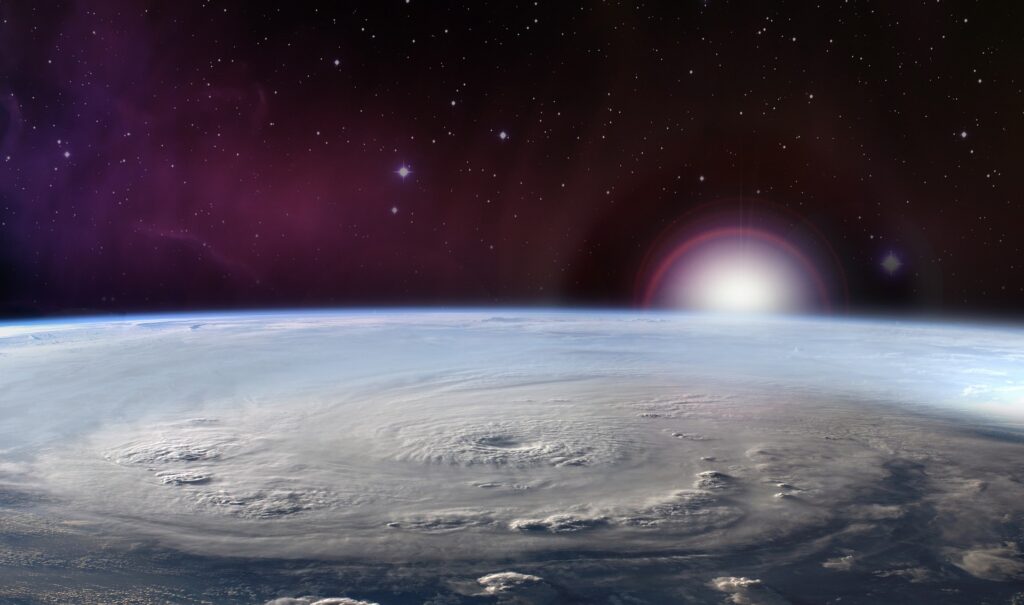There has been a heated debate lately about the accuracy of climate models, climate deniers say errors will accumulate until it reaches a level where it’s irrelevant while climate scientists say it’s like not trusting models of physical systems.
To understand the truth behind whether climate models are accurate or not we need to ask two fundamental questions:
- What exactly are climate models
- How are climate models built
By answering those questions we can better understand climate models’ accuracy and limits.

What are Climate Models?
Climate models are probabilistic models of expecting the state of future climate.
A model is a way we can describe the world, usually mathematically. This allows us to plan and get ready for future events and to simulate the system we are modeling so we can study the outcomes of different inputs, and scenarios, to the system.
How are Climate Models Built?
Climate is a complex and sophisticated system, modeling it to the level of accuracy required to predict the future is not an easy task.
The main components of climate models are: atmosphere, oceans, terrestrial processes (carbon absorption, forests, and storage of soil moisture), and cryosphere (sea ice and glaciers on land).
To actually build a climate model there are two main building blocks: natural laws, such as newton’s laws, chemical, and biological laws, and historical data.
Using these two building blocks we can build climate models that are able to predict the state of climate components in future decades.
How Do We Measure the Accuracy of Climate Models?
We can’t wait 30 or 50 years to judge the accuracy of a climate model, so the method of testing used is to input to the model the circumstances of the past so it can predict the climate of that duration. We actually Have data about the state of the climate, so we can compare the predicted values with the actual data.
How Do Scientists Know About Our Past Climates?
Scientists look for clues in frozen glaciers and ice caps, preserved in the rings of trees, at the bottom of the ocean, or locked away in coral reefs. These are Earth’s natural environmental records that scientists look at to figure out what was the temperature like in the past.
What is the Difference Between Climate And Weather?
Climate is defined as the average state of weather over a period of time at a certain location.
Weather is a single event, climate is a general state composed of many individual events. So the errors in weather predictions are statistically handled in climate models.
Are there any Uncertainties Associated with Climate Models?
There are two types of uncertainties associated with any model: parametric uncertainty, and structural uncertainty.
Parametric uncertainty means the values of the parameters being modeled, the temperature for example, do we have correct values for them or not.
Structural uncertainty means the actual parameters we are tracking in the model are the right parameters to track or not.
These uncertainties exist in any model of any system we are concerned with not just climate models.
Parametric uncertainties are easier to deal with compared to structural uncertainty. One method to handle structural uncertainty is treating them as parametric uncertainty.
Why is Climate Modeling so Difficult? And Why is it Uncertain?
Climate modeling is so difficult because the climate is a very complex system with many variables, lots of things impact and get impacted by the climate so tracking all these variables and collecting data about them is not an easy task.
And it is uncertain because we are trying to predict the future, and nobody actually knows the future the best we can do is take educated guesses of what is going to happen.
What is the Best Climate Change Model?
The most detailed models are atmosphere-ocean general circulation models (AOGCMs).
According to NASA:
“One of these models is the GEOS-5 model, it was developed to simulate climate variability on a wide range of time scales, from synoptic time scales to multi-century climate change, and has been tested in coupled simulations and data assimilation mode.
Its main components are the GEOS-5 atmospheric model, the catchment land surface model, and MOM4, the ocean model developed by the Geophysical Fluid Dynamics Laboratory. The ocean and atmosphere exchange fluxes of momentum, heat, and freshwater through a ”skin layer” interface which includes parameterization of the diurnal cycle and a sea ice model, LANL CICE. All components are coupled together using the Earth System Modeling Framework (ESMF).
The goal of having a multi-scale modeling system with unified physics is to be able to propagate improvements made to a physical process in one component into the other components smoothly and efficiently. The GEOS-5 AOGCM was configured to participate in the Coupled Model Intercomparison Project phase 5 (CMIP-5), which provides a standard protocol for the evaluation of coupled GCMs. To evaluate the model’s ability to simulate the Earth’s climate, it was validated against observational data and against the reanalysis products.”
What are the Important Conclusions of Climate Prediction Models?
All climate models are reaching the same conclusion, human activities in the past 200 years are altering the natural cycles in a negative way. More greenhouse gas emissions mean more heat is going to be trapped leading to all kinds of disasters for human beings and to the whole Earth.
Conclusion
Climate models are probabilistic models that are built using mathematics to help predict future climate, we are using these probabilistic methods to power up all of our current technologies and inventions, so it’s hard to prove these models are inaccurate. The important thing to remember is that climate is not weather, it’s the average of weather events over a period of time in a certain location, so the climate is a lot more accurate measure than the weather.

